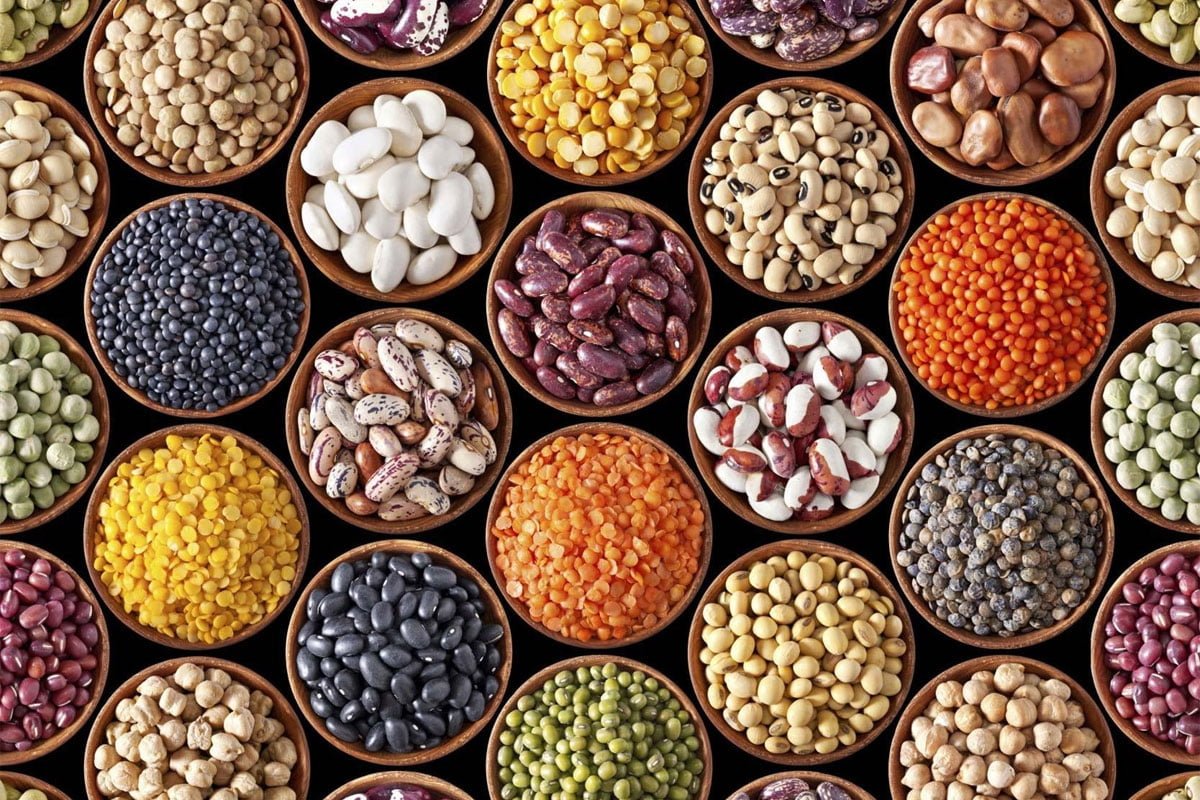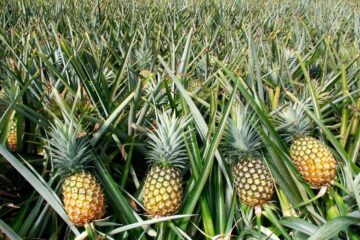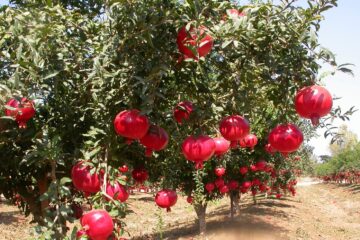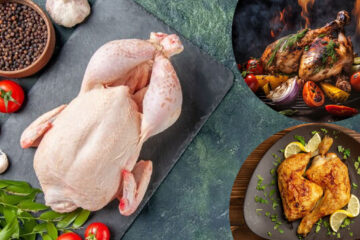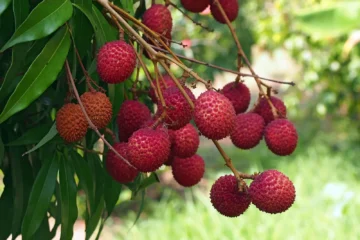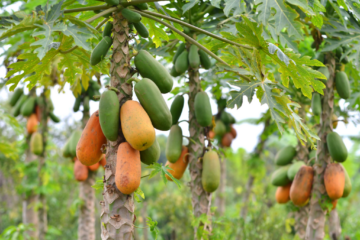Proteins essential for human nutrition are largely obtained from pulses. However, pulse production in our country was not sufficient to meet the demand, leading to the import of required pulses. In the past five years, however, domestic production has increased to meet the needs of our population, reducing the need for imports. This increase is attributed to farmers cultivating high-yielding and disease-resistant new varieties.
Historical Development of Pulse Varieties in Tamil Nadu
The necessity for developing new varieties of pulses in Tamil Nadu increased post-1900 due to the growing population and the need to increase food production. Initially, new varieties were created using the mass selection method. However, due to inconsistent yield performance, plant breeding techniques involving hybridization and selection were adopted.
Most pulse crops being self-pollinating necessitated the adoption of pure line selection methods initially. Significant improvements were made post-1950, with the introduction of new varieties of pulses using methods like induced mutation and hybridization. The pedigree method of breeding, which involves hybridization of two superior varieties and subsequent selection for desired traits over generations, became prevalent.
New Varieties and Their Characteristics
Black Gram (Urad Dal)
- CO 6 (2010)
- Parentage: TU x VP 20
- Duration: 60-65 days
- Seasons: Aadi, Purattasi
- Yield: 773 kg/ha
- Special Traits: Uniform maturity, robust growth, non-shattering pods, moderate resistance to yellow mosaic virus.
- VBN 6 (2011)
- Parentage: VBN 1 x Vigna mungo var. silvestris
- Duration: 65-70 days
- Seasons: Aadi, Purattasi, Thai, Maasi, Chithirai
- Yield: 850 kg/ha (dryland), 890 kg/ha (irrigated)
- Special Traits: Uniform maturity, robust growth, non-shattering pods, resistance to yellow mosaic virus, moderate resistance to pod borer.
- MDU 1 (2014)
- Parentage: ABDT 2003 x VBG 66
- Duration: 75 days
- Season: Purattasi
- Yield: 900 kg/ha
- Special Traits: Uniform maturity, robust growth, non-shattering pods, moderate resistance to yellow mosaic virus, high starch content.
- VBN 8 (2016)
- Parentage: VBN 3 x VBG 04-008
- Duration: 70-75 days
- Seasons: Aadi, Purattasi, Thai, Maasi, Chithirai
- Yield: 988 kg/ha (dryland), 871 kg/ha (irrigated)
- Special Traits: Uniform maturity, robust growth, non-shattering pods, resistance to yellow mosaic virus, moderate resistance to leaf curl and powdery mildew, high starch content.
- VBN 10 (2019)
- Parentage: VBN 1 x UH 04-04
- Duration: 70-76 days
- Season: Purattasi
- Yield: 1130 kg/ha
- Special Traits: Uniform maturity, robust growth, non-shattering pods, resistance to yellow mosaic virus, moderate resistance to leaf curl and powdery mildew, high starch content.
- VBN 11 (2020)
- Parentage: PU 31 x CO 6
- Duration: 70-75 days
- Seasons: Aadi, Purattasi, Thai, Maasi, Chithirai
- Yield: 891 kg/ha
- Special Traits: Uniform maturity, robust growth, non-shattering pods, resistance to yellow mosaic virus, moderate resistance to leaf curl and powdery mildew, high starch content.
- CO 7 (2021)
- Parentage: VBN 5 x Vigna mungo var. silvestris 22/10
- Duration: 70-75 days
- Seasons: Aadi, Purattasi
- Yield: 880 kg/ha
- Special Traits: Uniform maturity, robust growth, non-shattering pods, resistance to yellow mosaic virus, moderate resistance to leaf curl and powdery mildew, 22.3% protein content, heavy seed weight.
Green Gram (Moong Dal)
- CO 7 (2006)
- Parentage: MGG 336 x CGG 902
- Duration: 60-65 days
- Seasons: Aadi, Purattasi
- Yield: 837 kg/ha
- Special Traits: Uniform maturity, robust growth, non-shattering pods, moderate resistance to yellow mosaic virus.
- CO 8 (2013)
- Parentage: CGG 923, WBC 6040E
- Duration: 55-60 days
- Seasons: Aadi, Purattasi
- Yield: 845 kg/ha
- Special Traits: Very short duration, uniform maturity, robust growth, moderate resistance to yellow mosaic virus, moderate resistance to powdery mildew and thrips, suitable for intercropping with maize and pigeon pea.
- VBN 4 (2019)
- Parentage: PTM 139 x PP 2664
- Duration: 65-70 days
- Seasons: Aadi, Purattasi, Margazhi, Thai, Chithirai
- Yield: 1024 kg/ha
- Special Traits: High yield, multiple flowering, moderate resistance to yellow mosaic virus, leaf curl virus, powdery mildew, highest recorded yield of 2710 kg/ha in Thiruvannamalai district, 23.5% protein content.
- VBN 5 (2022)
- Parentage: VBN 2 x ML 1451
- Duration: 65-70 days
- Yield: 878 kg/ha
- Special Traits: High yield, multiple flowering, non-shattering pods, moderate resistance to yellow mosaic virus and leaf curl virus, 22.85% protein content, excellent cooking qualities.
Pigeon Pea (Toor Dal)
- VBN 3 (2004)
- Parentage: VBN 1 x Gulbarga
- Duration: 110-120 days
- Seasons: Aadi, Purattasi, Maasi
- Yield: 1300 kg/ha
- Special Traits: High yield, resistance to sterility mosaic virus, moderate resistance to pod borer.
- CO 8 (2017)
- Parentage: APK 1 x LRG 51
- Duration: 170-180 days
- Season: Aadi
- Yield: 1600 kg/ha
- Special Traits: High yield, resistance to sterility mosaic virus, moderate resistance to pod fly and pod borer.
Cowpea
- CO (CP) 7 (2002)
- Parentage: Mutation of CO 4
- Duration: 70-75 days
- Seasons: Aadi, Purattasi
- Yield: 1600 kg/ha (dryland), 1000 kg/ha (average)
- Special Traits: High yield, robust growth, high protein content.
- VBN 3 (2018)
- Parentage: DLS 38 x VCB 16-1
- Duration: 75-80 days
- Seasons: Aadi, Purattasi
- Yield: 1013 kg/ha
- Special Traits: High yield, robust growth, 25.22% protein content, resistance to multiple diseases and pests, including pod borer.
Horse Gram
- Paiyur 2
- Parentage: Mutation of CO 1
- Duration: 105-110 days
- Yield: 870 kg/ha
- Special Traits: High yield, brown seeds, heavy weight.
Conclusion
Farmers can benefit by cultivating the aforementioned varieties of pulses, which are suited to different regions and seasons, thus ensuring high yield and resistance to various diseases and pests. Selecting the appropriate variety for their region can significantly enhance productivity and profitability.
Dr. P. Shanthi, Dr. K. Nelson Navamaniraj, Agricultural Science Center, Vamban, Pudukkottai. Dr. M. Umadevi, Department of Crop Breeding and Genetics, Coimbatore.

